In the FRONT LINE campaign, where the outcome of each mission depends on precise calculation, strong coordination, and continuous logistics, supplying airfields becomes not just an auxiliary function, but one of the key survival mechanics on the FRONT LINE multiplayer server. The supply system here is not merely a background part of the game, but a whole complex of procedures on which success in combat, the ability for aircraft to fly, and the readiness of pilots to support ground troops depend.
Naval supply convoy
Methods of Airfield Supply.
There are three main mechanics for supplying airfields:
Supply by transport convoys, etc. (ground vehicles).
Supply by transport aircraft.
Supply by non-transport aircraft (Replenishment only. Repairing damage is impossible!).
The mechanics of resource replenishment and damage repair at airfields, as well as airfield resources, are described in detail in the article "Airfields - Gates to the Sky" under the section "Restoration and Resupply of Airfields" and therefore will not be covered here. Instead, this article will describe the conditions for supply, reconnaissance and detection, the process of loading resources onto trucks and other objects, the mechanics of transport aviation supply, and more.
Types of Ground Supply for Airfields.
There are three main ways to deliver resources to airfields by ground transport, which can be conditionally divided into types:
Truck Convoy — The most common form of supply. These are used to deliver ammunition, fuel, and provisions. Truck convoys include up to three mobile anti-aircraft units and transport vehicles. A truck convoy can carry up to 50 tons of resources (in total).
Railway Supply — Delivers all three types of resources in larger quantities compared to truck convoys. Trains move from factories to airfields that have railway infrastructure in close proximity. They are heavily protected—large and small-caliber guns are installed in special caponiers, providing moderate defense against air raids. The maximum amount of resources transportable by rail is 75 tons (in total).
Sea Convoys — Deliver the maximum possible amount of resources and can operate at any distance from the coast, but they only deliver supplies to airfields along the coastline. They are protected by medium anti-aircraft artillery and are primarily used on maps with sea routes. The weight of transported cargo is up to 100 tons (in total).
A supply convoy on the march.
Conditions for Airfield Supply.
Airfields are like living organisms; they continuously consume resources, which undoubtedly requires prompt resupply. The primary method of supplying airfields is ground resource transportation (supply by transport convoys, etc.). To this end, when creating the next mission, the mission generator assesses the resource levels at airfields and, if necessary, adds up to two airfield convoys tasked with delivering resources to specific airfields for that mission.
Since supply requests can come from many airfields, the generator selects up to two (per side) of the most needy airfields (it only has two attempts to place supply convoys in the mission). The "most needy" airfields are considered those that, at the time of mission creation, have the largest gap in relative (percentage) terms between their total actual resources and their total maximum resources. That is, an airfield at 20% capacity will be prioritized over one at 80%.
Attention!
Airfields that are encircled cannot be supplied by ground. Players will have to deliver resources to such airfields by air themselves!
As an example:
var fieldKalininSumMax = 21120 + 155038 + 21600; // 197758
var fieldKalininSum = 10560 + 31008 + 8640 // 50208
var koef = fieldKalininSum / fieldKalininSumMax // 0.25
var fieldGzhatskSumMax = 11520 + 9000 + 102246; // 122766
var fieldGzhatskSum = 5760 + 34082 + 8521 // 48363
var koef = fieldGzhatskSum / fieldGzhatskSumMax // 0.39Here we see that Gzhatsk has a lower total amount of actual resources (48,363) than Kalinin (50,208). However, Kalinin will still be prioritized because its fill ratio koef is lower.
Because airfield convoys do not spawn right next to the airfield, it may happen that all available spawn points are on the enemy's side, and therefore the convoy cannot be dispatched (supply routes are too dangerous). If the generator selects an airfield and a spawn point, but that point is in enemy territory, the attempt is considered used, and the generator tries to place the next convoy (the second of two). Thus, with a very specific front line, there may be no supply convoys at all, even if airfields require resupply.
Summary of Conditions:
Selection Criterion: Supply is directed to the "most needy" airfields.
Defining the "Most Needy":
Priority is given to the airfield with the lowest percentage ratio of current resources to maximum resources (total actual resources / total maximum resources).
The absolute amount of resources is not the decisive factor. An airfield at 20% capacity will be prioritized over an airfield at 80%, even if the latter has fewer resources in absolute numbers.
Exclusion from Selection: Encircled airfields cannot be supplied by ground and are not considered as candidates.
Maximum Number of Convoys: Up to two supply convoys per side, per mission.
Number of Attempts: The generator has only two attempts to place these convoys for one side. Each attempt corresponds to one potential convoy, but an attempt can fail.
Condition for Placement Failure: An attempt to place a convoy is considered failed if all possible spawn points for it are located in enemy territory.
Consequences of Failur:
If placing a convoy is impossible, the attempt is considered used up.
The generator moves on to the next (second) attempt for the next-highest priority airfield.
Railway supply train
Detecting Airfield Supply Convoys.
Reconnaissance marks an approximate area on the interactive map where the airfield supply is located. This area is indicated by a "small" circle. In the first screenshot, in square 1214, a circle symbolizes the search area for airfield supply. The second image shows the (Supply)  icon indicating the convoy's exact location on the map. The circle changes to an icon in real-time without reloading the page.
icon indicating the convoy's exact location on the map. The circle changes to an icon in real-time without reloading the page.
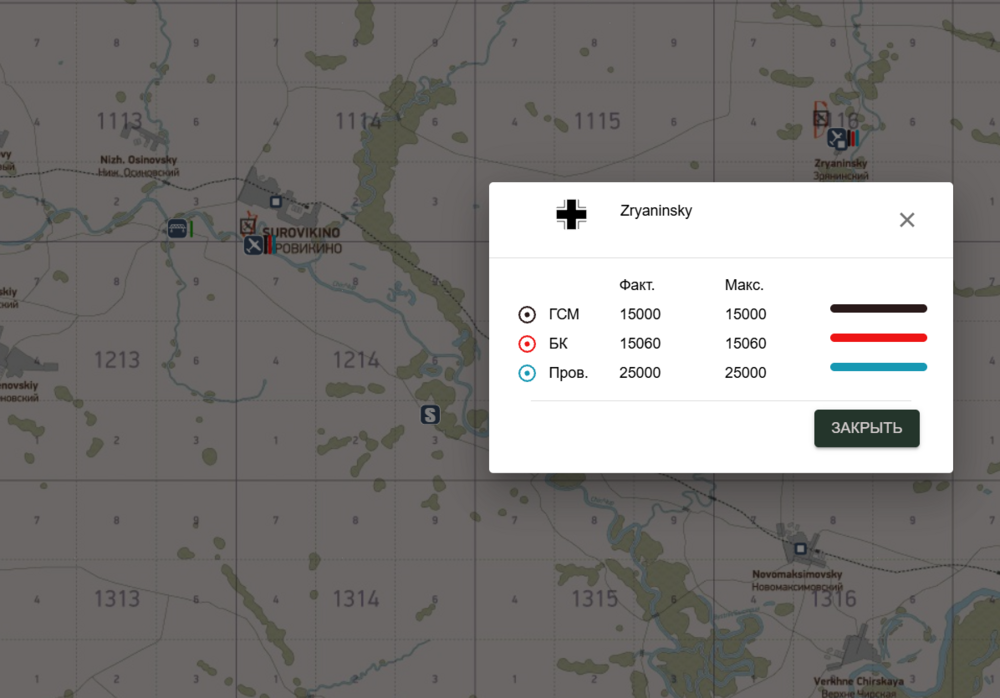 In-game, it works exactly like on the interactive map—the circle changes to an icon after reconnaissance activities. To establish the exact location of the airfield supply, a player simply needs to enter the area of the circle.
In-game, it works exactly like on the interactive map—the circle changes to an icon after reconnaissance activities. To establish the exact location of the airfield supply, a player simply needs to enter the area of the circle.
After further reconnaissance, it becomes possible to learn the exact amount of resources being transported by the convoy. Clicking on the icon  will open a dialog box with the name of the destination airfield and the quantity of those resources.
will open a dialog box with the name of the destination airfield and the quantity of those resources.
Airfield supply can transport all three resource types, some of which can be used for damage repair.
Resource Loading.
Resources for supply convoys come from factories, and the amount loaded directly depends on the integrity of the factory. The easiest way to explain this is with the example of a standard transport convoy. A convoy is formed from three game objects (not counting AA defense)::
Flatbed truck - transports provisions.
Canvas-covered truck - transports ammunition.
Fuel tanker - transports fuel and lubricants.
Trucks for the airfield supply convoy
Each vehicle or other object can be seen as a container holding a certain amount of a particular resource. The composition of a target can vary; for example, a truck convoy for an airfield might consist of thirty vehicles, while a train might have a different number of various objects, but they can all be considered as vessels. They can each be filled to 100%, or only to 50% for a specific resource, etc. As mentioned above, the amount loaded depends on the damage to the factory. If the factory is 100% intact, each vessel is filled to 100%. If the factory is 50% damaged, the vessels are only filled to 50%. In other words, the truck convoy will move at full strength (30 vehicles), but each one will carry only as much cargo as corresponds to the factory's damage level. This is why it is important to conduct reconnaissance to know exactly how many resources are in a supply convoy and how critical it is for the enemy in the current situation. It is also useful for planning future operations.
Attention!
There are no individual rewards, such as points, for reconnaissance. Reconnaissance is conducted purely for situational awareness.
If a factory loading a certain type of supply does not have enough of a specific resource (loading is done for one of the three resources), that resource is not shipped. The prohibition threshold is 31 tons. That is, if the amount of a resource drops below this value, the supply of this resource type from that factory is interrupted.
This system makes the consequences of warfare feel more realistic—if a resource is depleted or a factory is destroyed, a supply convoy will be unable to deliver anything. Thus, players begin to appreciate the strategic value of factories and protect them as much as they do frontline objectives.
IL-2 during a strike on a naval supply convoy
Unloading at the Delivery Point.
An important feature is the delayed arrival of resources. Even if a convoy sets out at the beginning of a mission, the resources arrive at the airfield only after the mission ends. If the convoy is destroyed, nothing will be delivered. If only two or three vehicles in the convoy are destroyed, all the remaining resources will be delivered to their original destination.
Ju-88 during an attack on airfield resource storage facilities
Air Supply for Airfields.
In case of an acute resource shortage, players have access to the transport aviation mechanic. It allows for the transfer of resources from one airfield to another. This method is suitable for emergency situations, such as when resources are urgently needed for combat sorties, or if an airfield has been encircled. You can read more about this mechanic in the corresponding article.
Strategic Importance of Airfield Supply.
The airfield supply system has deep strategic significance within the gameplay. It encourages players not only to take active measures on the battlefield but also to think strategically—protecting factories, guarding supply routes, planning the defense of airfields, and also:
Players are incentivized to organize reconnaissance sorties, not just to find the enemy, but also to hunt for resources.
Discovered convoys can be protected (if they are friendly logistics) or destroyed (if they belong to the enemy), which directly affects the outcome of the current mission and preparations for the next.
If a convoy is destroyed by enemy forces, the resources will not be delivered to the airfield, which can hinder pilot operations in that combat area.
A Reminder
Every lost convoy is a lost opportunity for recovery and preparation for the next mission. And every successfully delivered one is a chance to strengthen positions, repair buildings, refuel vehicles, and ensure aircraft can fly in the next battle. Thus, logistics becomes a vital part of the campaign, and those who realize this gain an advantage.
Conclusion.
The airfield supply mechanic adds realism, depth, and responsibility to the game. It integrates economy, combat operations, and teamwork into a single system. Players must consider not only their own actions on the battlefield but also maintain their infrastructure to ensure their airfields do not run out of fuel, ammunition, and provisions. After all, without supply, there is no victory.
Build the Il-2 that took off on a mission
Learn more about factories:
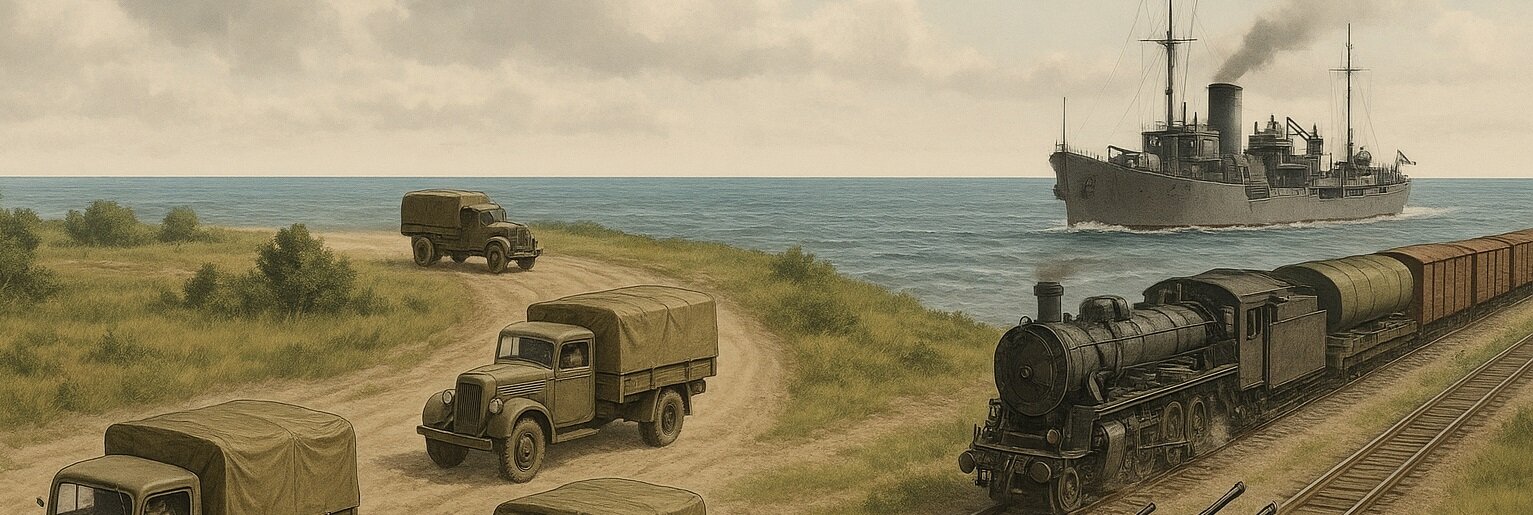


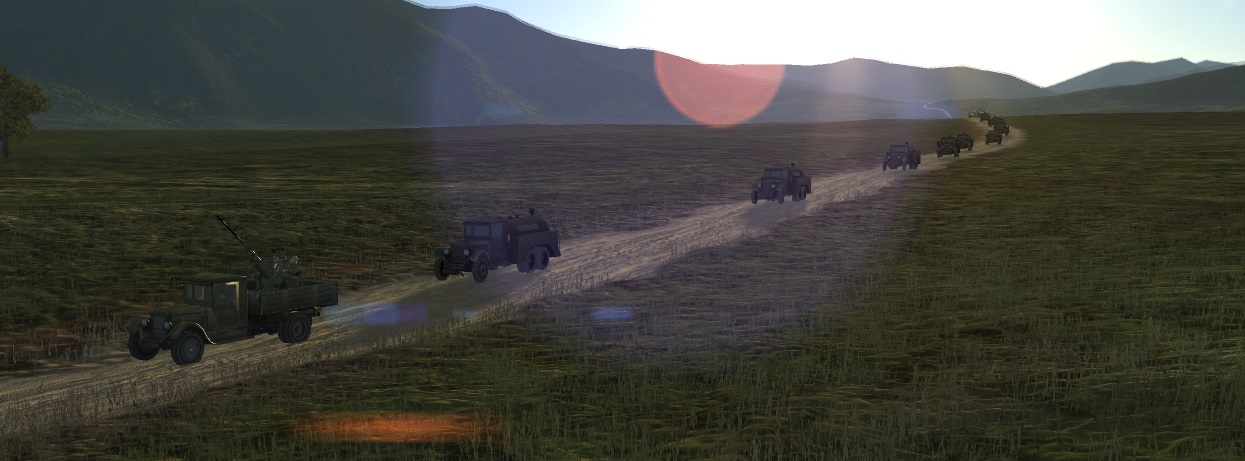
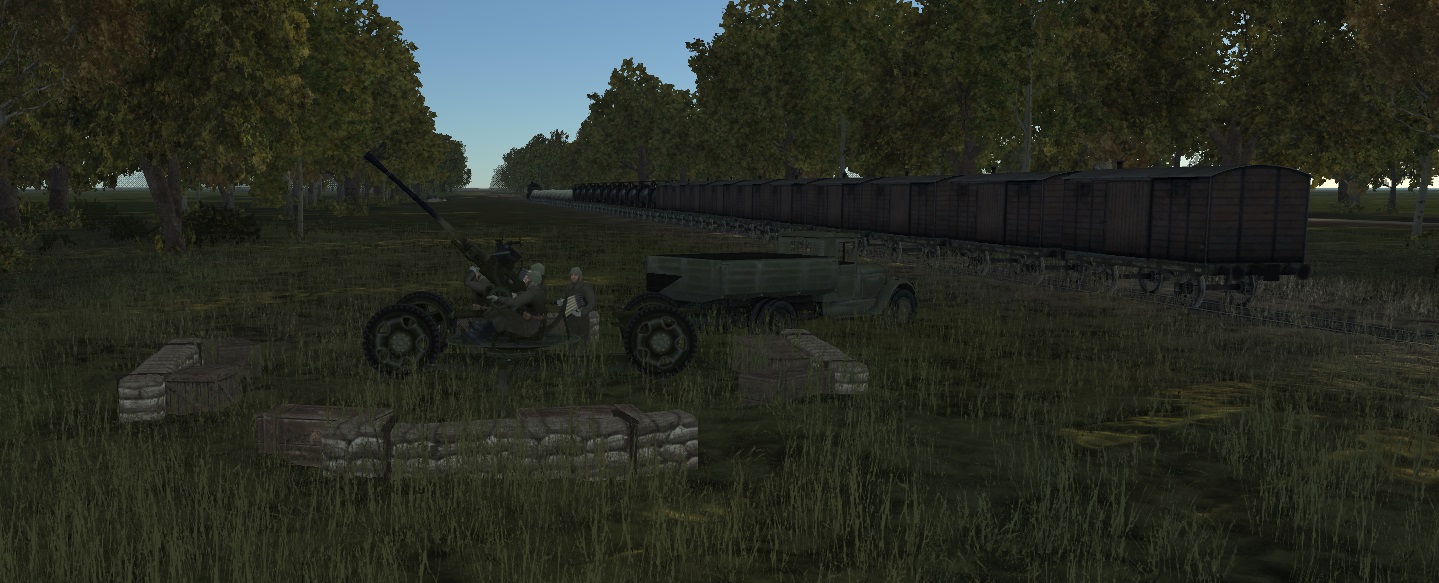



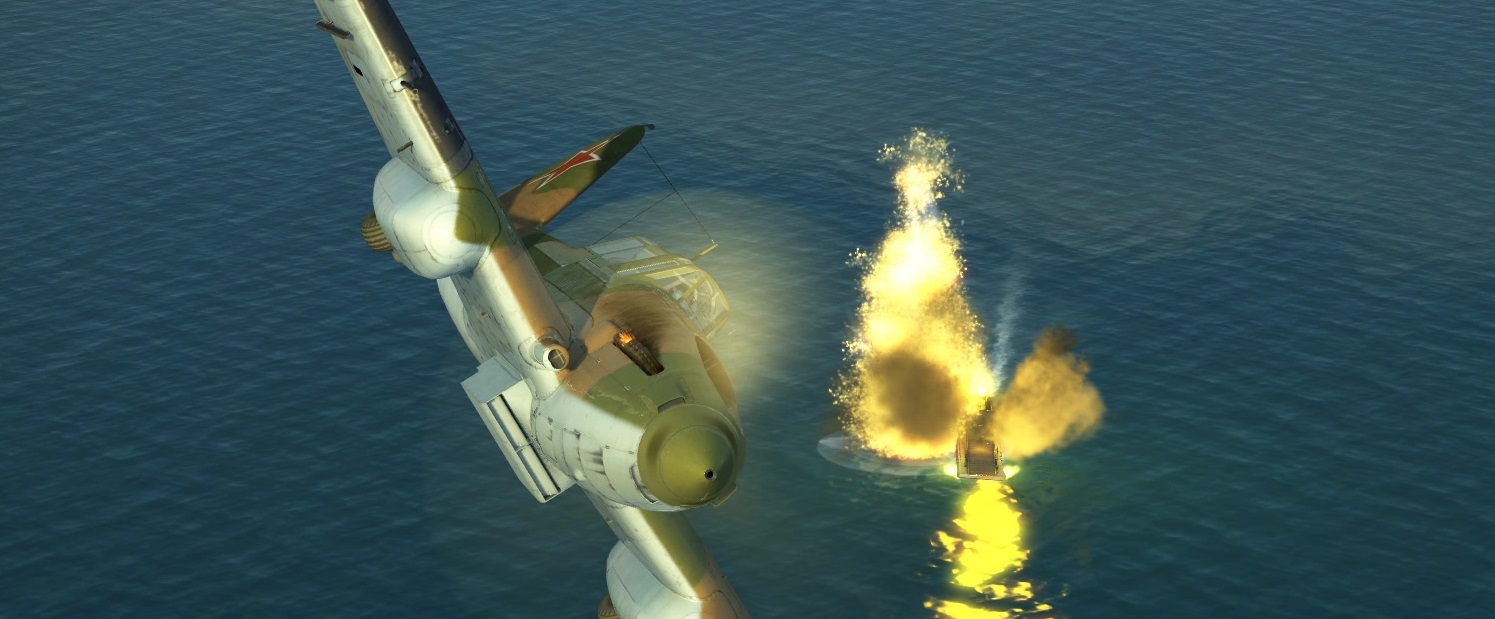
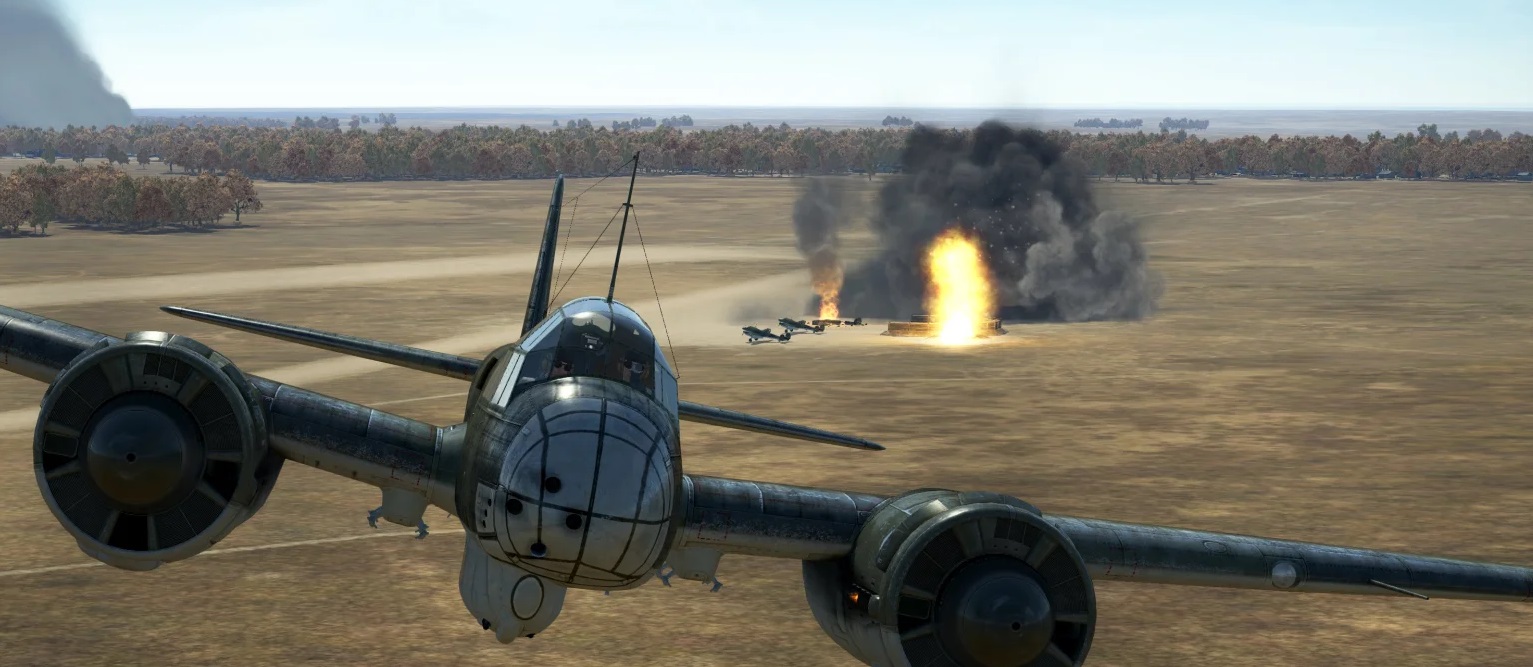

Create an account or sign in to leave a review
There are no reviews to display.